As SCUBA divers, many of us first learned to dive with jacket-style Buoyancy Control Devices (BCDs) and then perhaps transitioned to a backplate and wing before moving into technical diving. Even with the various configurations available to divers, sidemount diving has gained significant popularity in recent years, and it is no longer used only by cave divers or explorers!
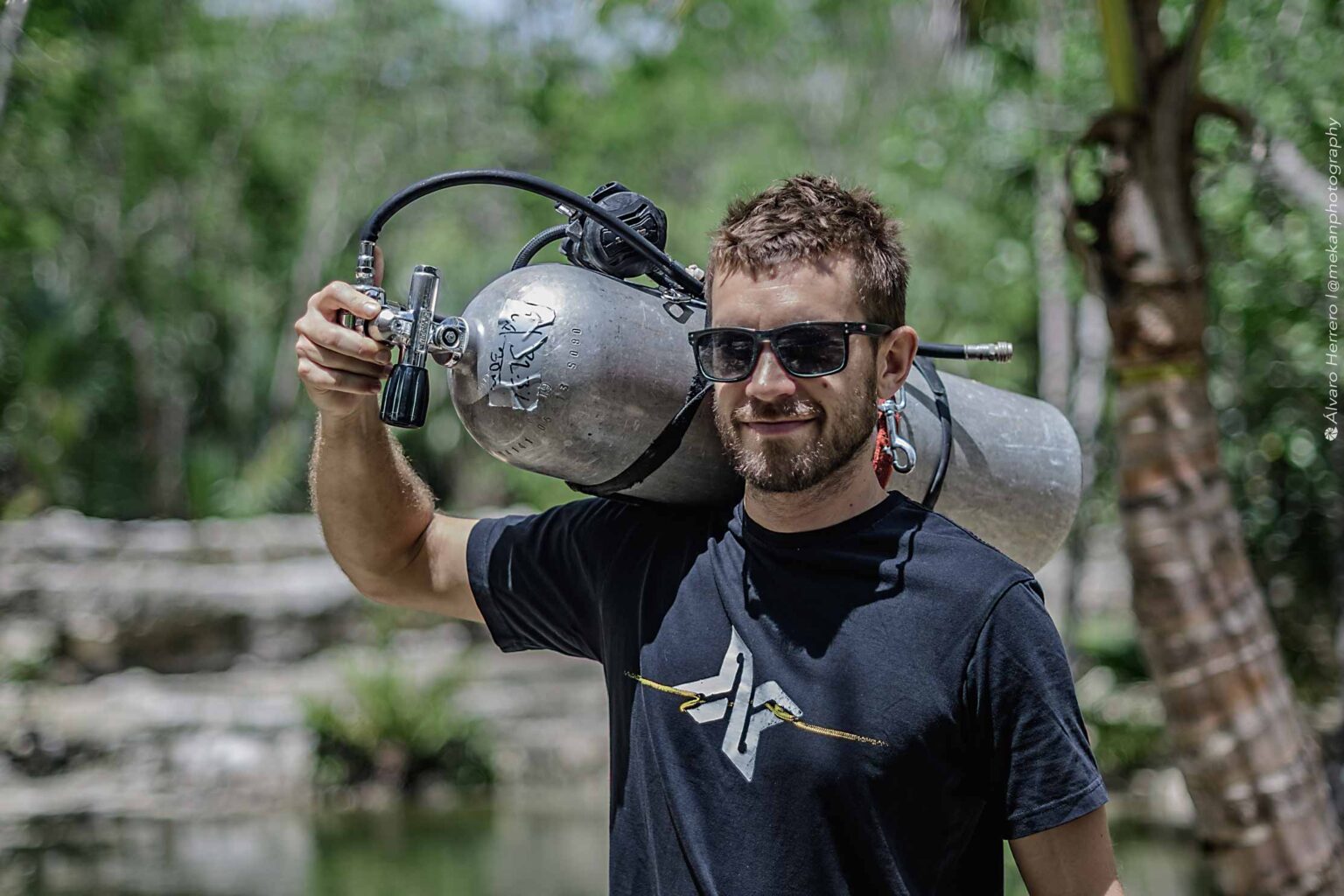
This setup, where tanks are mounted on the sides of the diver rather than on the back, offers numerous advantages that enhance both the safety and enjoyment of the diving experience. In this article, we’ll explore the benefits of sidemount diving, why it’s becoming a preferred choice for many divers, and my configuration of choice for cave diving.
Vertical profile and mobility
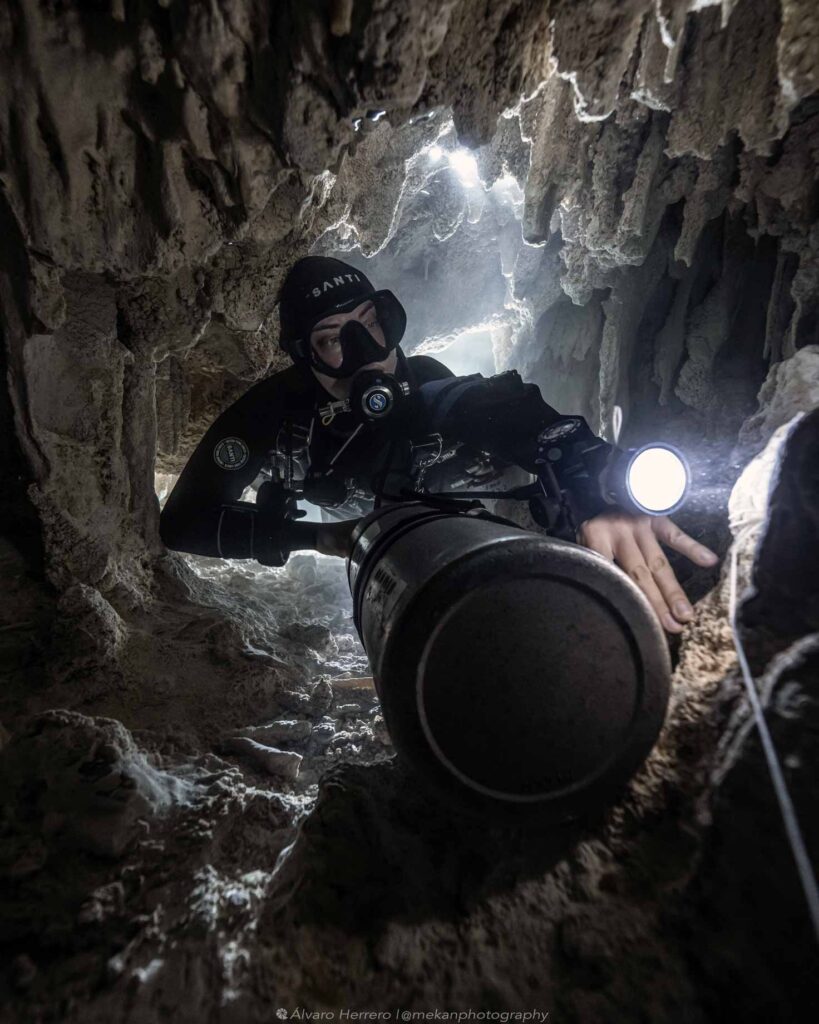
On Sidemount, divers can glide through narrow passages, exploring areas of caves that would be challenging or impossible to pass with a traditional back-mount setup. This was one of the first things I noticed when training with Kim Davidsson for my Sidemount for the Overhead Environment course, we went to Carwash and were able to dive into sections of the cave where previously, in back mount, I had to turn around.
One of the most significant benefits of sidemount diving is the enhanced streamlining, mobility, and vertical profile it offers. With tanks positioned alongside the diver’s body, their profile is more streamlined, reducing drag and making it easier to move through the water. This configuration is particularly advantageous in tight spaces, such as caves. The freedom of movement is far greater than in back-mount setups with a hard, rigid backplate. I love the feeling of being able to comfortably look up at the cave ceiling without the manifold getting in the way!
Transportation of Tanks
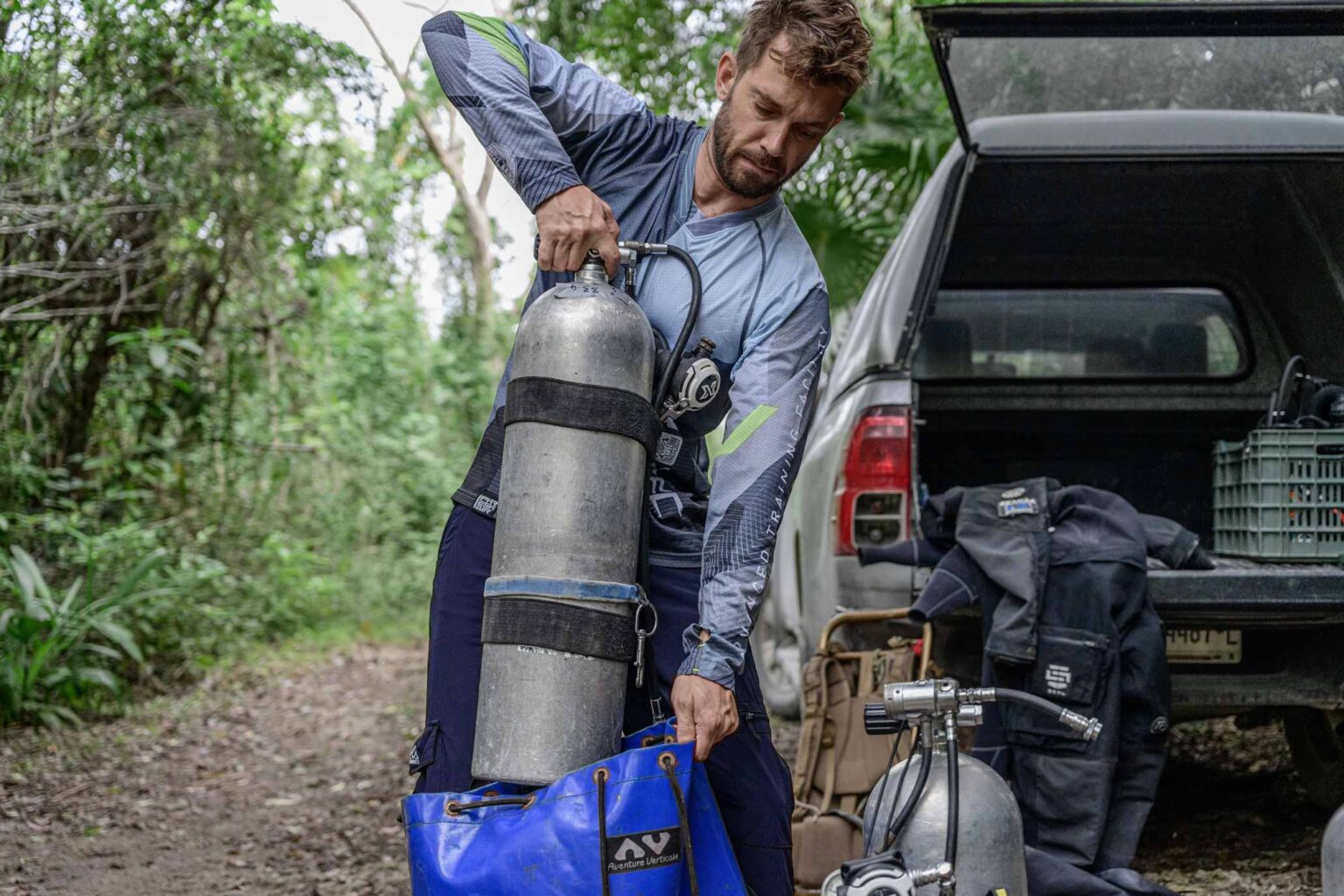
I am fortunate enough to spend much of my free time cave diving and exploring. Often, we have to hike into the jungle to reach the cenotes. While this could be done with a set of doubles, it adds considerable weight. Added to that, some of the spaces we have to pass through to get to the water are quite small or tight and wouldn’t allow a set of doubles to pass through.
Sidemount diving offers a practical solution by allowing divers to carry and manage tanks individually. Instead of lifting and wearing a fully assembled unit, divers can don their harness and attach tanks one at a time, significantly reducing the physical strain. Here in Mexico, it is hot, particularly during the summer, so being able to carry a tank down to the water one at a time can help reduce heat stress. This ease of handling is particularly beneficial for shore entries and situations where divers need to navigate challenging terrain before entering the water.
Stability and Trim
Sidemount diving can provide superior balance and stability compared to traditional setups. By distributing the weight of the tanks along the diver’s sides, the center of gravity is lowered, resulting in better balance (or trim). This balanced configuration allows divers to achieve a more comfortable and relaxed swimming position, reducing fatigue and enhancing overall diving efficiency. However, this requires that the equipment is correctly set up, with trim weights where needed, and care is taken to maintain tanks in their correct place (especially with aluminum tanks). Once the initial setup, trim, and weight checks are done, sidemount diving offers a stable and secure experience.
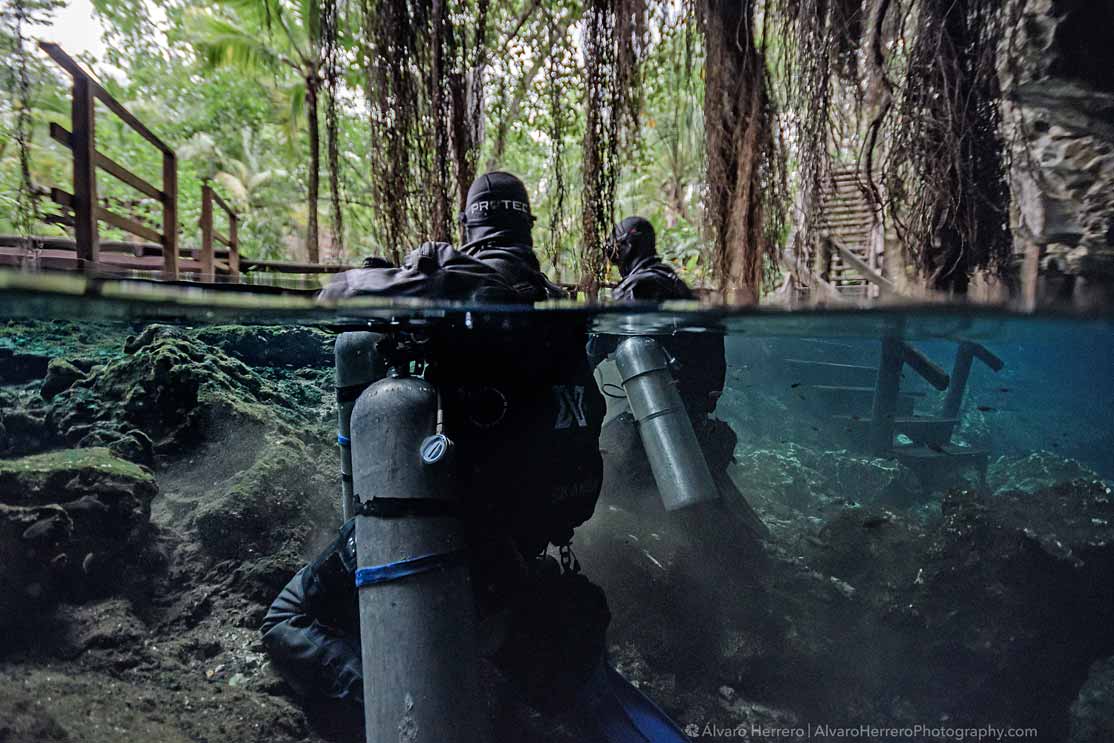
Increased Safety with True Redundancy
Safety is paramount in diving, and sidemount diving excels in providing increased redundancy for gas supplies. In a back-mount setup, where tanks are manifolded together to create one gas volume, a failure upstream of the valve could result in all gas being lost unless an isolation manifold is used to separate the tanks. Additionally, while very unlikely, a critical failure of the manifold could result in the loss of all gas from both tanks. In a sidemount setup, divers have independent gas sources, as the tanks are not connected. Therefore, a problem with one of the regulators only affects that tank, allowing immediate access to a completely independent backup supply of breathing gas in case of an emergency. These independent tanks significantly enhance safety, especially during technical and cave dives where redundancy is crucial. While we can always ask our team to share gas with us, it is comforting to be able to self-manage an emergency as a first step.
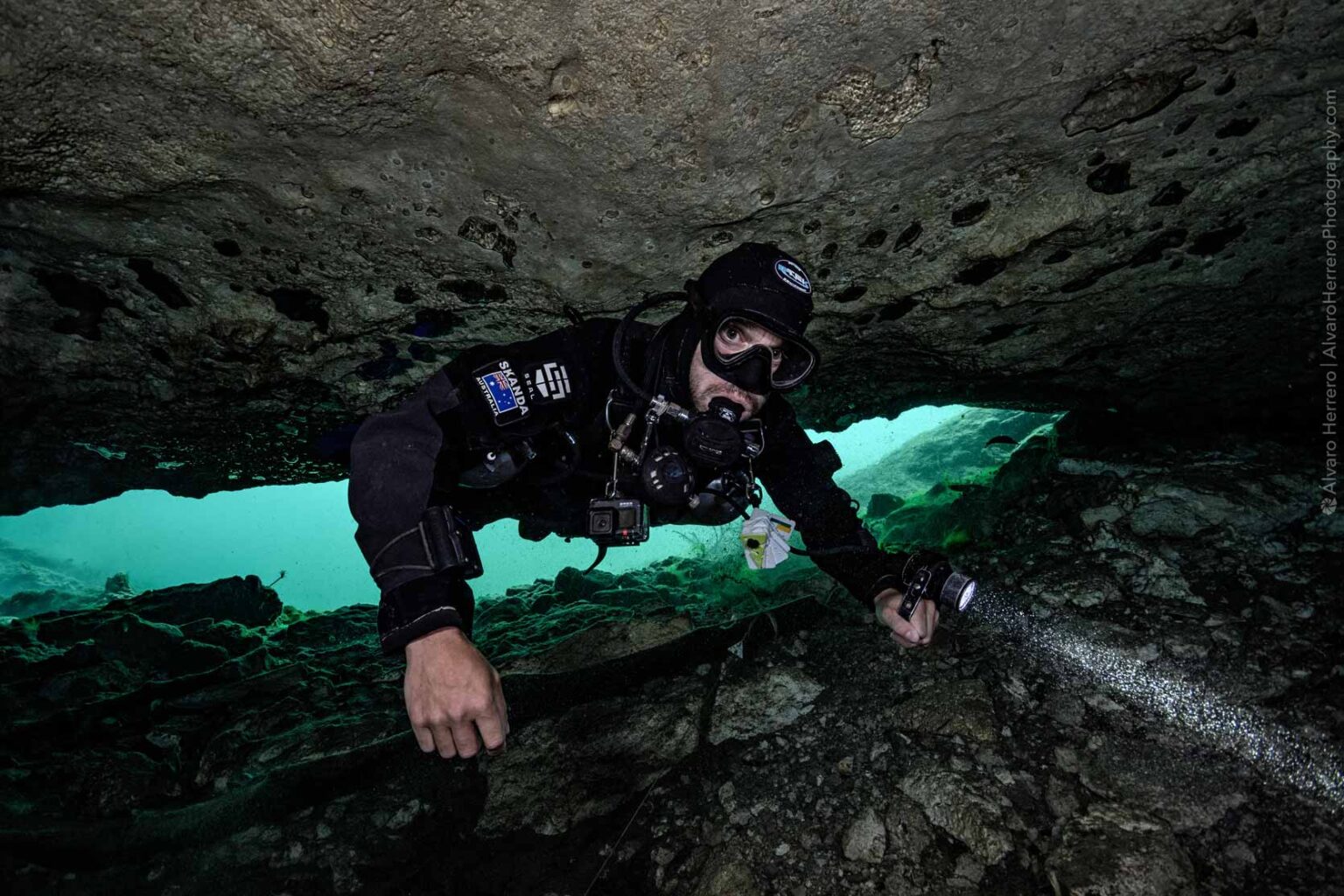
Additionally, sidemount diving makes it easier to perform equipment checks and manage potential issues, as tanks and regulators are more accessible and visible to the diver. Having my life-support equipment where I can see it, rather than behind my head, gives me peace of mind, especially when diving in overhead environments.
Customizable Equipment
Sidemount diving equipment is highly customizable (or at least should be!), catering to the specific needs and preferences of individual divers. Divers come in a range of sizes, so it is important that the sidemount harness used accommodates our size and can be adjusted for the best fit. Harnesses and wings that are too big wrap around the diver and reduce streamlining. The flexibility of the harness allows for a tailored setup that maximizes comfort and functionality and can be adjusted to accommodate different diving environments and exposure suits. It is definitely suited for people who want to tinker with their equipment and change standard hardware for custom gear that better suits their diving needs.
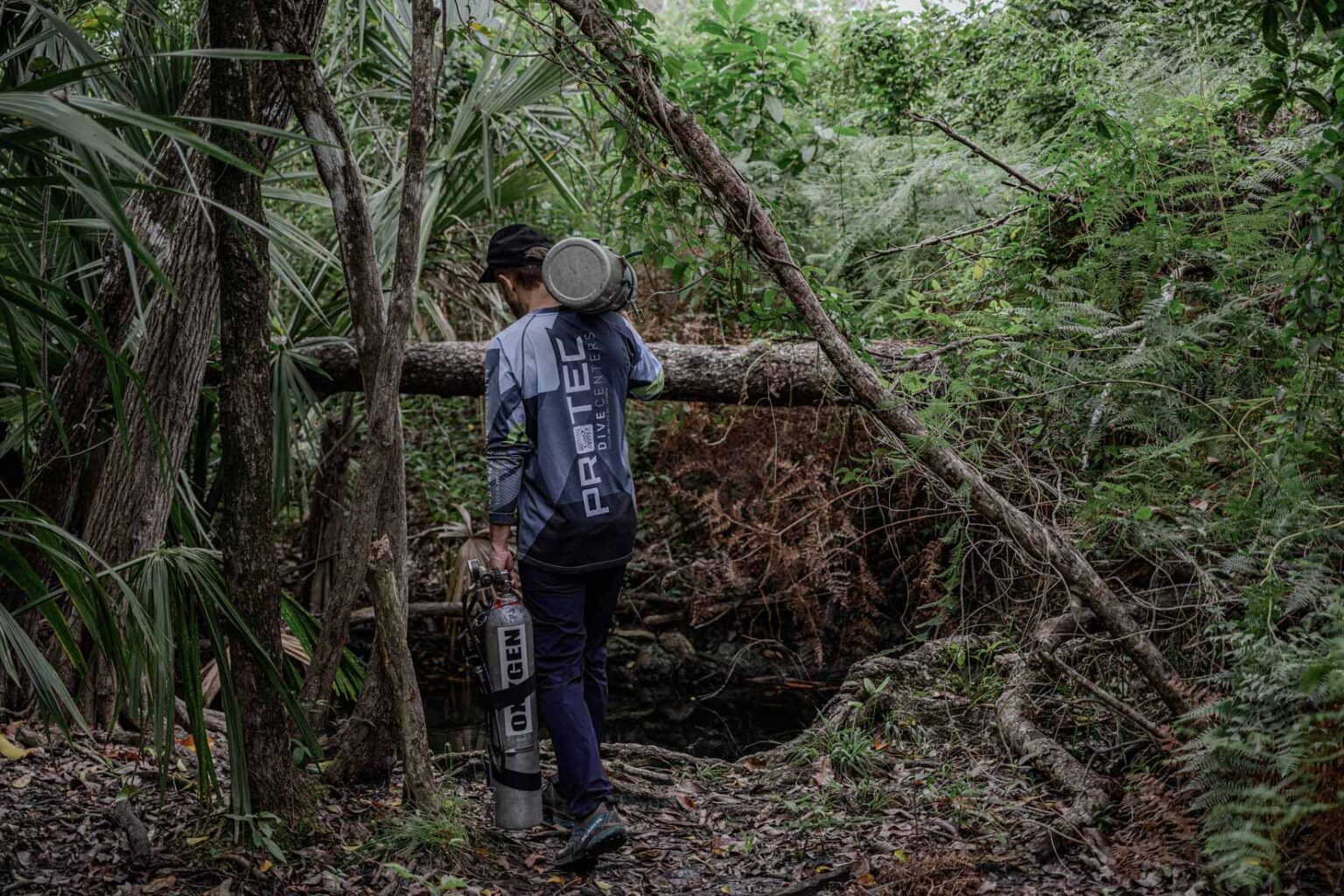
The last cave course I taught was for a Canadian diver used to diving in cold waters and dry gloves, so many of the attachments were much larger than those I use on my harness. Also, some harnesses, like the XDeep Stealth 2.0, allow for different colors and options through their online portal.
Accessibility for Divers with Physical Limitations
Sidemount diving has opened up new possibilities for divers with physical limitations. The flexibility and adjustability of the sidemount configuration make it an inclusive option for individuals with mobility issues or physical disabilities. Rather than being unable to dive anymore because of difficulty accessing tank valves in doubles, positioning the tanks on the sides makes diving more accessible.
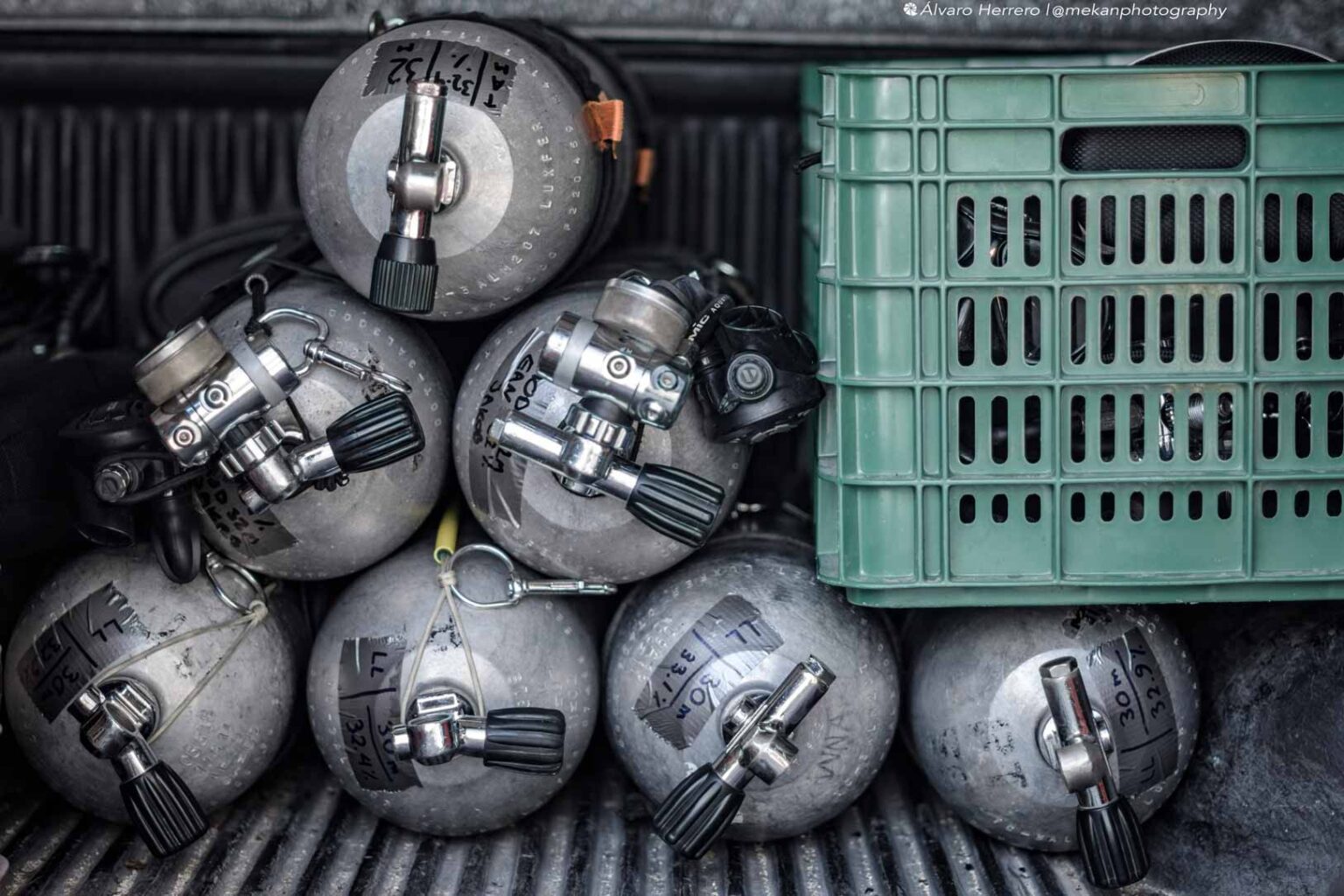
I recently had a shoulder injury that affected the mobility of my left shoulder and made it impossible to manipulate the valve. So, it was not safe for me to dive doubles, but I had no trouble reaching my valves in sidemount. The ability to don and doff tanks in the water further enhances accessibility. Rather than having to carry heavy loads out of the water, we can doff tanks and pass them up to boat crews or leave them at the water’s edge.
Solo diving
While this is a controversial topic, solo diving does happen—especially here in Mexico—and I have done a fair bit of it myself. Now, I don’t want to get bogged down in debates about safety and the merits of team diving, but when considering diving solo in a cave without a teammate, one of the biggest considerations is redundancy, and sidemount as a configuration does provide true gas redundancy. Both tanks are independent of each other, and if there is a failure on one, the other should have plenty of gas for the diver to exit if planning was done properly. In contrast, while manifolded doubles can isolate a failure on one side, there remains a tiny possibility of a catastrophic gas loss due to a single point of failure where both tanks end up empty. While remote, I would not feel as comfortable diving alone in a set of doubles, where I can’t see my valves.
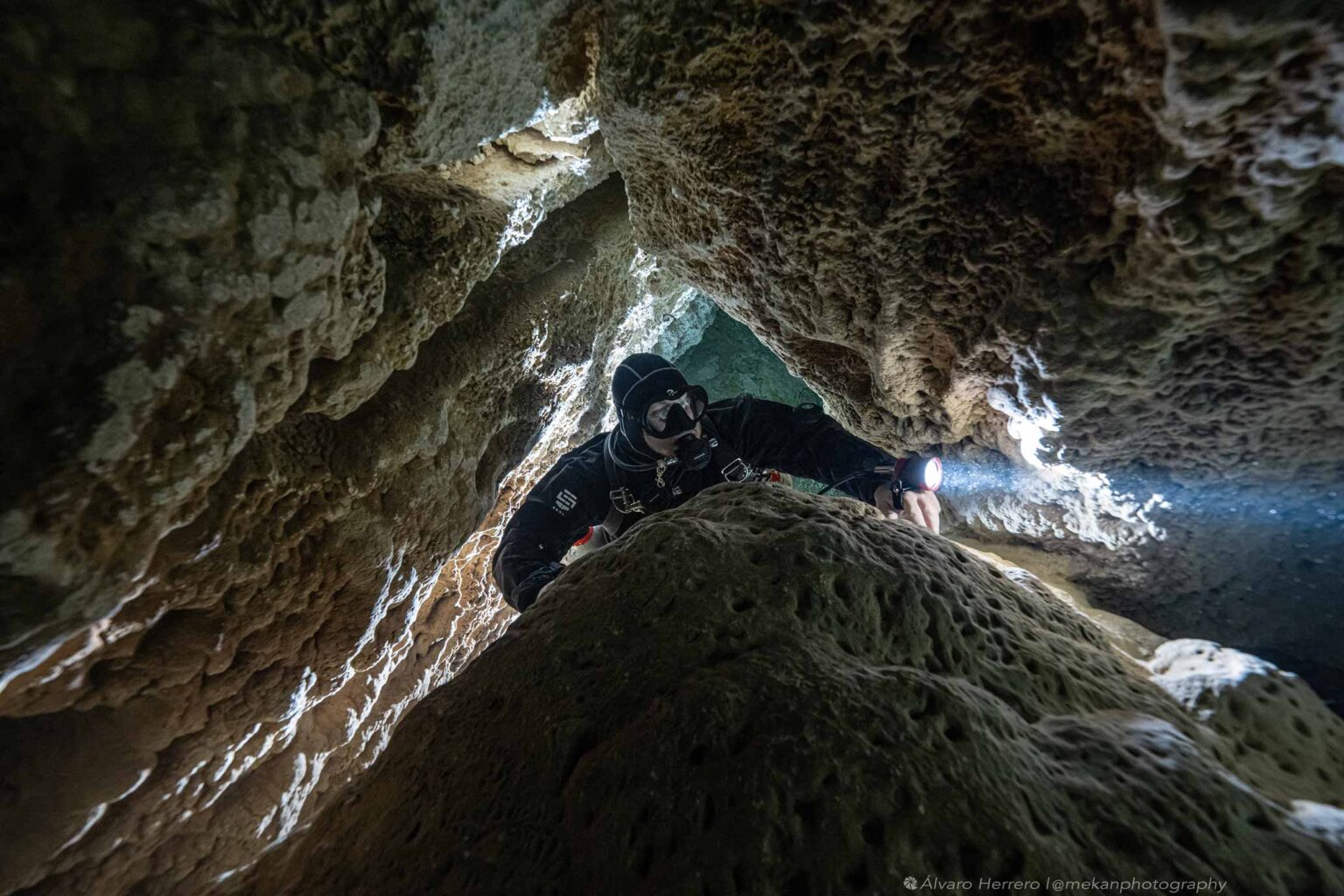
To sum it up…
Sidemount diving offers a range of benefits that enhance the safety, comfort, and enjoyment of the diving experience. Its streamlined profile, improved balance, and increased redundancy make it an attractive choice for divers of all levels, from recreational enthusiasts to technical and cave diving experts. The customizable nature of sidemount equipment ensures that divers can tailor their setup to suit their specific needs, size, and preferences.
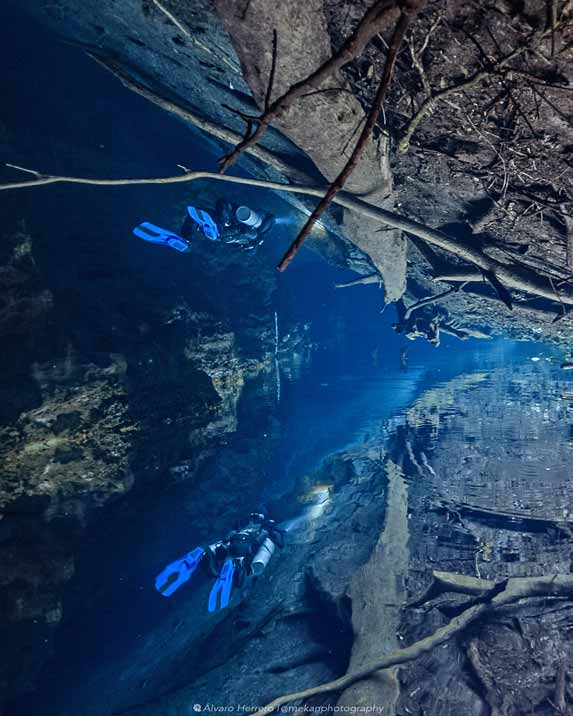
As sidemount diving continues to gain popularity, it’s clear that this configuration is redefining the way we explore the underwater world, opening up new possibilities for adventure and discovery. Whether you’re a seasoned diver or just starting your underwater journey, sidemount diving is a fantastic option worth exploring. Dive in and experience the freedom and versatility that sidemount diving has to offer!
If you liked this article and you’re looking for other technical diving related posts and reviews, check what we have in the ProTec blog. I have also written product reviews such as the Petrel 3, which I have now used extensively for CCR diving. If you have topics you think we are missing in here please do get in touch with us and we will make sure to write a piece on it!
